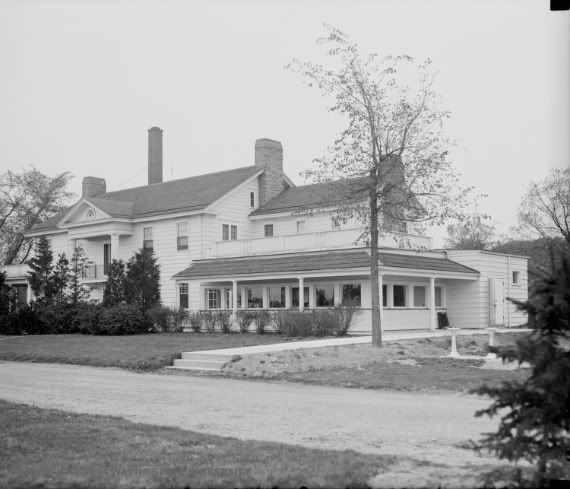
In 1913 Henry Ford started what was to become one of the largest in house corporate film production companies in Modern Times. He initially started out with one camera, but by April 1914 more cameras & related equipment were added.
The first film was "How Henry Ford Makes One Thousand Cars A Day".
Like any other Ford backed project, money was no object and top of the line equipment was procured & a staff over 2 dozen were hired to run said equipment. A short newsreel type film was produced until late 1916 called the "Ford Animated Weekly" which was mostly news of the day and sometimes travel points of interest. These films were offered at no cost to moviehouses and millions of people saw these short films, after all this was the days before TV and Radio was still in it's infancy. I'm sure these films are more entertaining than the junk that's on TV now!
Henry Ford later switched gears in film making, instead of continuing production of a newsreel type film, the production "Ford Educational Weekly" soon replaced the "Animated Weekly". Until 1919, these films were also distributed free to movie houses, after 1919 they were charged 25 cents to help with distribution cost.
Over the next few years, Ford film viewership continued to rise, however pressure from the Sales Department made the films more of a "silent advertisement" in hopes of putting the lasso to some new sales prospects.
The Ford films section of Ford Motor Company continued until 1933 when it was disbanded, perhaps due to the poor economic climate & lagging sales.

Title Screen for "Ford Animated Weekly" films.
Sources-
Public Image of Henry Ford- David L. Lewis
Beyond the Model T- Ford Bryan
Author's Research



















